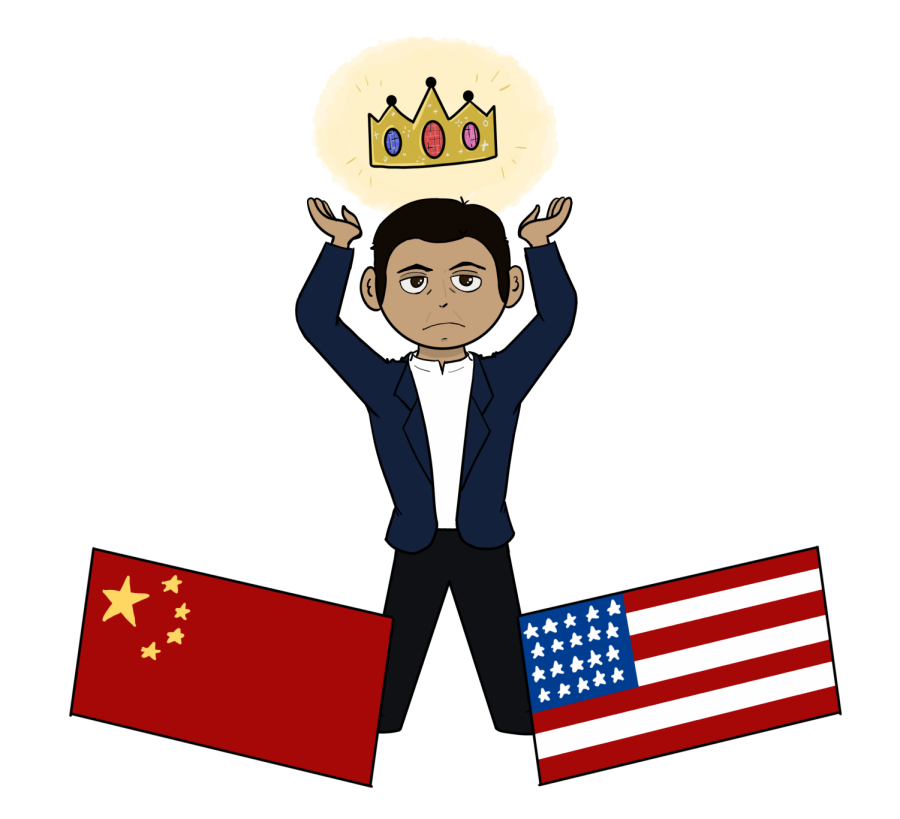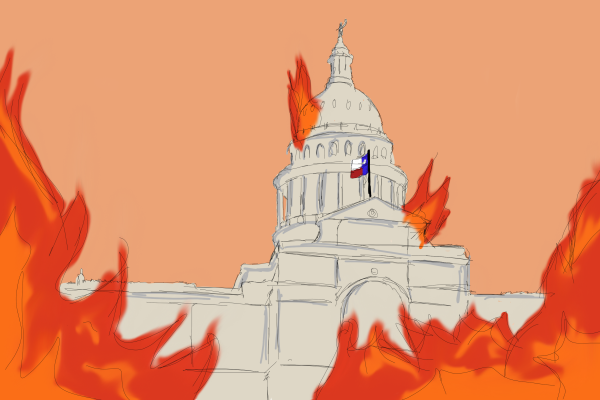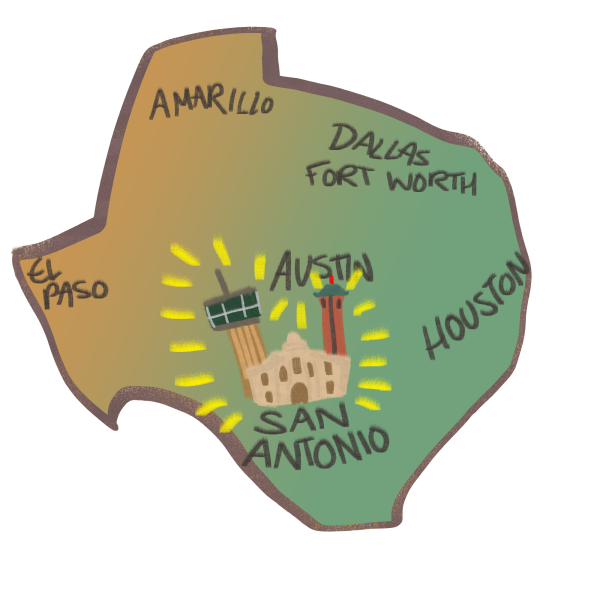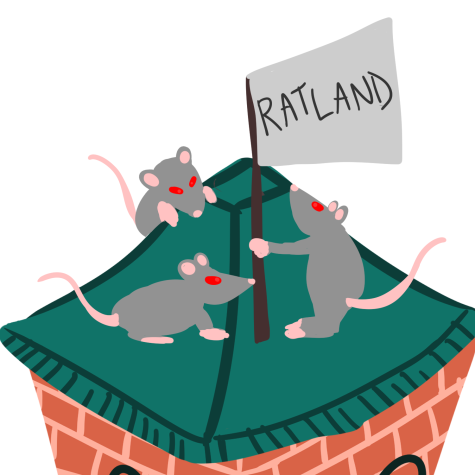More than a pawn, Pakistan is a real player Between the U.S. and China
Islamabad will help determine who ends up on top
For 45 years, the United States and the Soviet Union were in the highest-stakes game of chicken in human history. Yet, despite the bellicose rhetoric and military exercises, the Cold War was not decided on American or Russian soil. Instead, the two Goliath nations opted to fight proxy battles across the world for influence. While the European theater was the main stage, it was not the only one they performed their cloak-and-dagger dance. In South Asia, they used the board pieces of Pakistan and India to play their game.
This framework of rivalry and distrust continued into the 21st century as new powers rose and old ones fell. Today, the contest between China and America appears to be a similar race to the top, albeit less openly. The U.S.–Pakistan relationship will be crucial to containing the exportation of Chinese aggression as that competition intensifies. In 2011, George Clooney famously asked then-President Barack Obama, “What’s the one [thing] that keeps you up at night?” His answer: Pakistan. The fact is that we must place Pakistan at the forefront of our strategic thinking amid the rising threats from China. Over the past decade, Pakistan has become the most important partner of the PRC. In exchange for arms, investment and regional support against Indian power projection, Pakistan has helped Beijing circumvent U.S. strategy.
The China–Pakistan Economic Corridor (CPEC) is a massive infrastructure and investment project valued at over 62 billion dollars. It is the flagship endeavor of the Chinese Communist party’s Belt and Road Initiative (BRI). Through it, the PRC has constructed for itself a modern stand-in for the imperial Chinese tributary system. CPEC has helped build a deep-water port in Gwadar, an international airport in Islamabad, and an extensive public transportation system connecting Karachi to Islamabad by way of Lahore. Programs like CPEC have revitalized a once threatened Chinese construction industry with multibillion-dollar construction projects and requirements for Chinese labor.
All of this may sound innocent, but the Belt and Road initiative has left many partnering nations indebted to China beyond their repayment capacity. The payday loan style of development is symptomatic of a broader issue with Chinese expansionism: neo-colonialism. Its investment in Pakistan is nothing more than a Trojan horse designed to expand its influence, power and territorial reach. In return for debt forgiveness, Pakistan ceded its newly constructed deep-water port in Gwadar to the Chinese for a 40-year lease.
Nonetheless, countries like Pakistan are not getting a fair deal. Why then is Pakistan continuing to get into bed with Beijing? The simple answer is “us.” In our failure to reliably meet Pakistan’s economic and security needs, we have left open a vacuum happily being filled by China. Since its inception, Pakistan has faced a Thucydidean trap of its own with India. The growing power imbalance with India and the perceived assertiveness of New Delhi is what underlines the foreign policy shift toward China.
The trillion-dollar question is whether we can turn the tide and improve our flawed relationship. Historically, we have treated Pakistan as a means to an end and not as an intrinsically important state. Policymakers considered Pakistan useful so long as it could be a conduit to India or Afghanistan. Washington would reward Pakistan for its help when it was useful and ignored Pakistan — if not punished — when it was not. Therefore, the Biden administration will have to overcome eroded public trust on top of coupled Sino-Pakistani interests.
However, like with the rest of Asia, we must avoid placing maximum pressure on countries like Vietnam, South Korea and Pakistan. Doing so may leave them feeling trapped in a tug of war we may not like the outcome of. We must increase investment in Pakistan and dissuade it from tightening its embrace with China. For nearly a decade, China has pivoted toward Africa and the Middle East, while the United States has moved its gaze toward Asia. Pakistan is at the nexus, where these two pivots face off in opposition of one another. Thus, we cannot leave Islamabad entirely dependent on China lest we risk regional stability.

I'm a senior Computer Science major and a Classical Studies minor from Newton, North Carolina with a passion for art. I also work at the Center for Experiential...
















Kepler-8B • Mar 8, 2021 at 3:20 pm
Excellent analysis of current situation in South Asia. Pakistan is a country of 220 million with very sophisticated nuclear weapons. It is about time for US to treat Pakistan like a real ally.